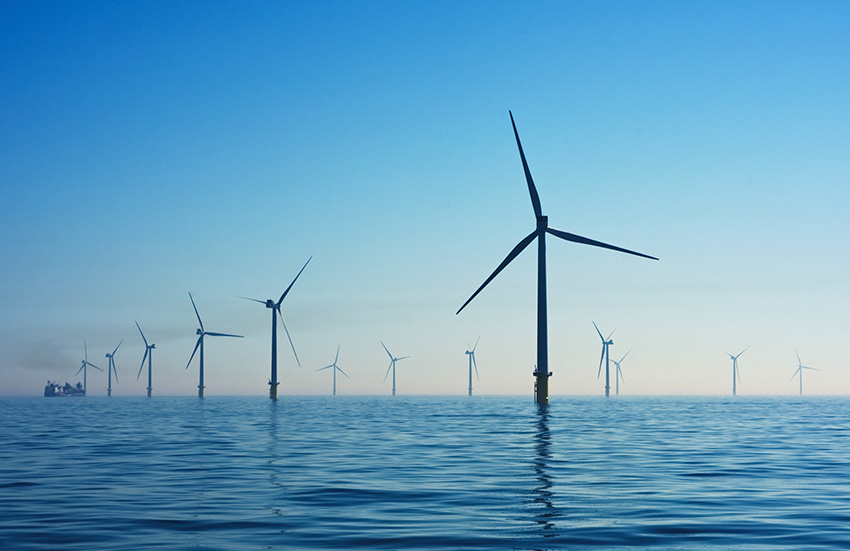According to some offshore wind advocates, the current project-by-project approach on grid upgrades will be highly costly in the future. In their perspective, it is limiting the sector’s development.
The project-by-project approach needs to change
Offshore wind advocates think a more coordinated approach to electric greed updates is necessary. In New England’s case, this shift could save money and minimize environmental disruption.
With the current approach, developers pay for upgrading transmission lines in their projects, despite that cost is shared by final customers.
New England’s price tag is expected to grow since the region adds 40GW of generation to meet the state’s renewables goals. Experts think it is necessary to expand the electric grid capacity to a different, more planned approach.
What industry people think is necessary is to allocate costs on a more regional basis, rather than on developers.
In a recent study conducted by the Brattle Group, experts explored two scenarios.
First, the current project-by-project approach in which wind developers propose to construct generation and interconnection lines.
The second scenario is one in which offshore and onshore upgrades in transmission are done independently of generation. In such a system, developers would propose based on where the transmission is.
In that regard, the study shows that while the current project-by-project approach offers lower short-term costs, the long-term ones are higher, carrying also higher upgrade costs.
The report also finds that this approach could reduce competitiveness, increase disturbance, and diminish the use of limited onshore interconnection points.
Furthermore, the study shows that a plan for offshore wind transmission is necessary to contrast previous perceptions on renewables projects. The report advocates for an acknowledgment since “now” is the moment to address such needs.
A change in approach for offshore wind transmission
A continued lack of focus in transmission for the offshore wind industry poses an existential risk, advocates say. Without any updates in offshore wind facilities, curtailment problems will appear.
The current process for interconnection generation works with the nearest transmission capabilities for generators. However, experts think generators will need to pay for upgrades once all the available capacities are used. That will make several projects uneconomical.
Possibly of your interest: API releases a new safety standard for pipeline maintenance
International experiences across the world show such a change is needed. In Denmark, for instance, a project-by-project approach led developers to ask for changes.
If developers want to achieve a more viable cost allocation scenario, they will need to push for more regional-oriented transmission upgrades.
Finally, wind developers agree a “backbone” transmission system will be crucial in the long term.


